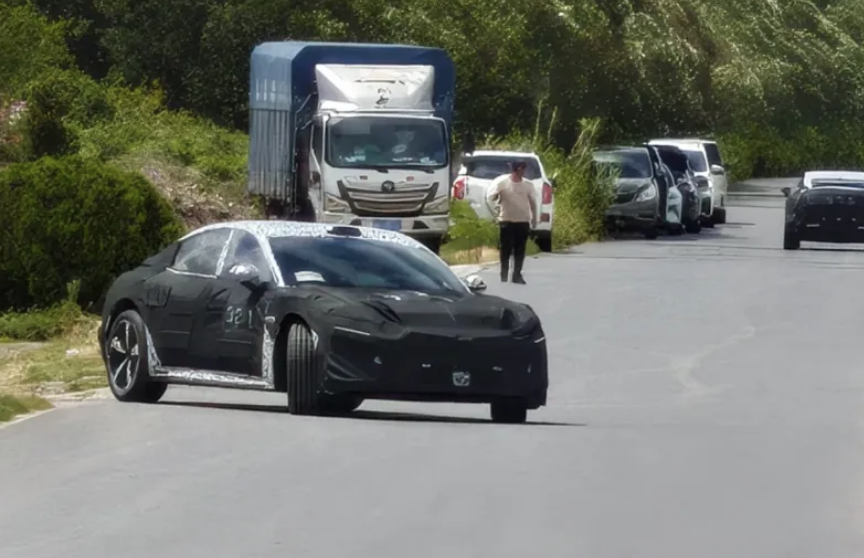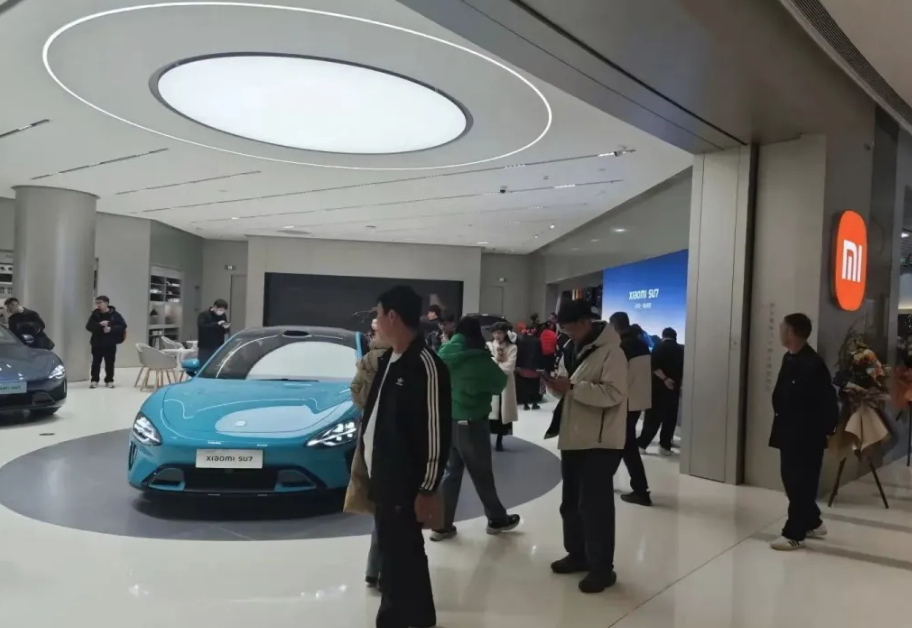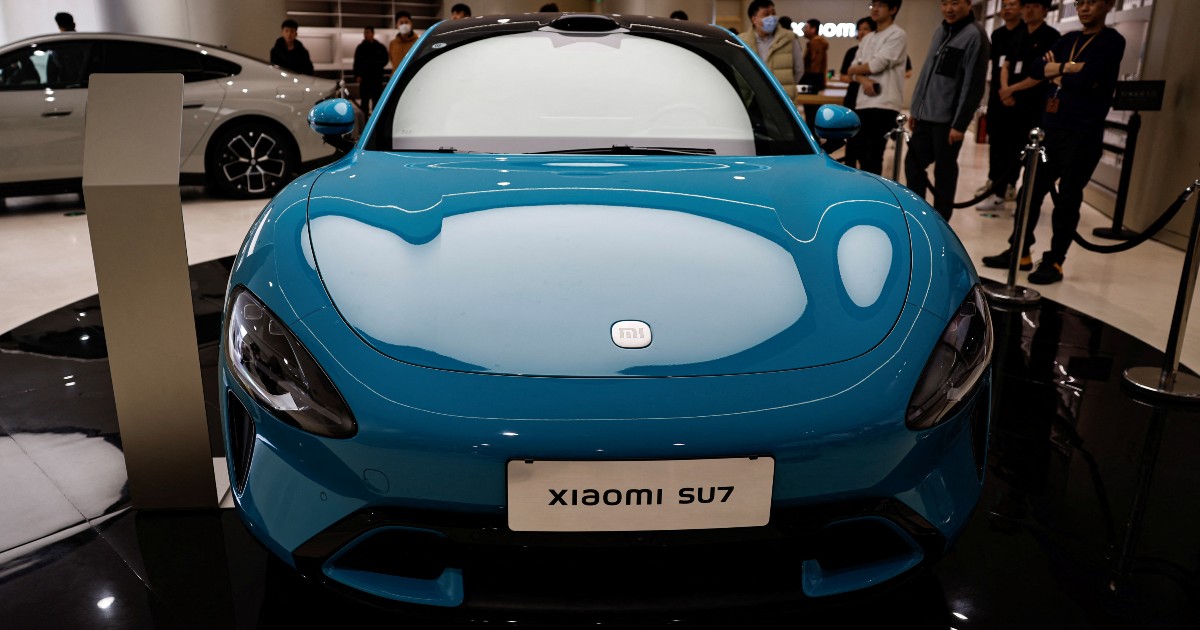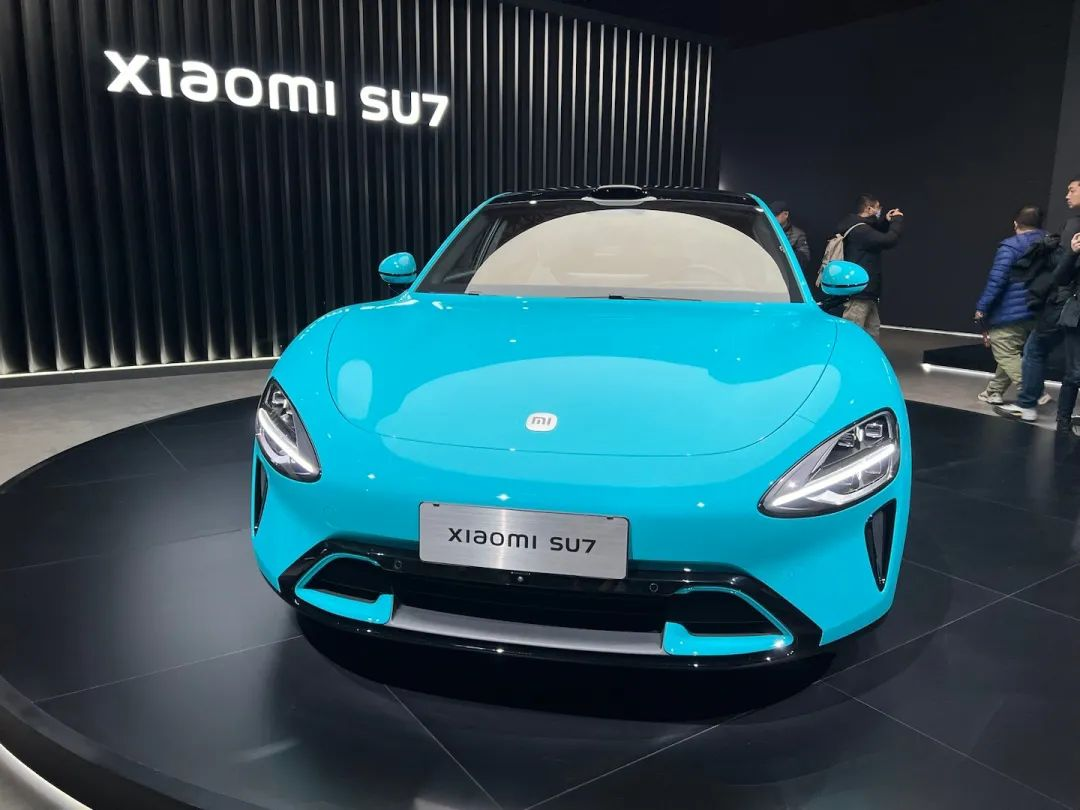Recently, some netizens took spy photos suspected to be of the Xiaomi SU7 L. Judging from the spy photos, although the new car is heavily camouflaged, it is not difficult to tell that it is the Xiaomi SU7. However, it also has certain differences from the SU7. It has a significantly longer body than the currently available Xiaomi SU7, and the rear part of the body is obviously more elongated. From the sloping roof extending from the C-pillar, it can be predicted that the rear row space of the new car will be significantly improved compared with the currently available SU7. As for the final name of the new car, it remains unknown for the time being.

The first model of Xiaomi Auto – the Xiaomi SU7 – was officially launched on March 28, 2024, with a starting price of 219,900 yuan. Relying on the reputation that Lei Jun and the Xiaomi brand have accumulated in the market over the years, as well as the Xiaomi SU7’s sleek exterior design, powerful performance, pricing lower than market expectations, and rich intelligent configurations, it was highly sought after by the market after its launch. Xiaomi Auto was once in short supply, and the longest waiting time for a car was at least half a year.
The exterior design of the Xiaomi SU7 is indeed impressive. It can be seen that the front face of the Xiaomi SU7 adopts a very sporty design. The headlights are in a rounded polygonal shape, and the interior features a lamp cavity structure similar to the “Mi” character, which enhances recognition. In addition, there are real air ducts under the headlights to help cool the braking system, and the lower surround and engine hood highlight a sense of sportiness, quite like a sports car. However, as a sports sedan, the rear row performance of the Xiaomi SU7 is relatively poor. Its length, width, and height are 4997/1963/1440mm respectively, with a wheelbase of 3000mm, positioning it as a mid-to-large-sized pure electric sedan.
In terms of the interior, the Xiaomi SU7, supported by the “people-centered” cockpit interaction architecture and the Xiaomi HyperOS operating system, can achieve a comprehensive shared ecosystem from hardware to software. The cockpit is equipped with a 16.1-inch central control screen, a 56-inch HUD, a 7.1-inch flip-up instrument screen, and 2 Xiaomi Pad rear expansion screens with the native in-vehicle system. It is matched with the Snapdragon 8295 cockpit chip, enabling five-screen interaction, supporting CarPlay and AirPlay, and also supporting the connection of Apple iPad to the car.
In terms of power, the Xiaomi SU7 offers two power versions to choose from. Among them, the Xiaomi SU7 is equipped with a rear motor system with a maximum power of 299 horsepower and a maximum torque of 400 N·m, and is paired with battery packs with capacities of 94.3kWh and 73.6kWh respectively, with CLTC cruising ranges of 830km and 700km. The Xiaomi SU7 Max is equipped with a front and rear dual-motor system, with a maximum power of 673 horsepower and a maximum torque of 838 N·m, and is equipped with a 101kWh CATL ternary lithium battery, with a CLTC cruising range of 800km.
Terminal sales data shows that from January to July 2025, the cumulative sales of the Xiaomi SU7 reached 167,448 units, the Xiaomi SU7 Ultra was 12,618 units, and the sales of the Xiaomi YU7 in July were 6,042 units. At present, it is expected that the Xiaomi SU7 L will be included in the Xiaomi SU7 series, further enriching consumers’ car purchase options and promoting the sales growth of the Xiaomi SU7 and Xiaomi Auto.


